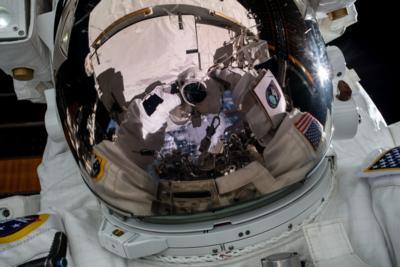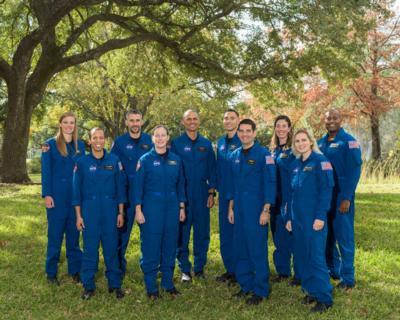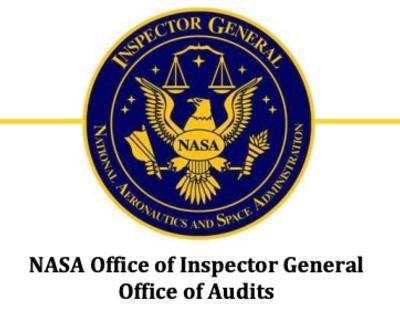OIG Report Shows Corps Currently Maintained for ISS Missions, But Artemis and Mars Will Require Expansion
As NASA moves full speed ahead with their crewed moon mission program, the corps of flight-qualified and mission-ready astronauts has been eyed with increasing wariness. A higher mission tempo and expansion of space programs have required the administration to draw on the limited pool of candidates for not only its space station missions, but further missions to the moon or the upcoming Orbital Reef project. NASA's management of their numbers has resulted in a report from the OIG Office of Audits, analyzing the administration's treatment of its astronaut program. Currently, the OIG says, the administration has fallen into the habit of tailoring its program to the small scale of ISS missions, and imminent mission developments require more forward thinking.

The OIG notes that NASA's peak astronaut levels were reached in 2000, when nearly 150 qualified personnel sat ready for assignment, now a scant third of that number at 44. The end of shuttle missions and decreasing interest in maintaining standing groups of personnel have contributed to a continuous malaise at replenishing the corps for the number of space missions given, but programs to land humans on the Moon, - and soon after, Mars - mean that NASA is far from ready given the lengthy process of bringing even regular pilots to become space-ready astronauts. The problem is not quite news, as the administration's own prior analysis warned that astronaut numbers would drop below the minimum requirements in 2022 and 2023. That led them to select the biggest new training class in years with 10 candidates in all. The expected needs of total flight manifest seats required by NASA will "exactly equal" the number of astronauts in the coming year, says the OIG. That condition is untenable, as any crew
illness, disqualification, or issue could very well see a mission scrubbed.

Another issue with NASA's management of its astronauts is its failure to maintain sufficient identification info on its people. The report outlines the issue, saying "The Astronaut Office’s personnel databases lack comprehensive demographic information specific to the astronaut corps. This poses a challenge to assessing whether NASA is meeting Agency and Administration diversity, equity, inclusion, and accessibility objectives. In recent years, the Agency has prioritized these efforts and announced its intent to land the first woman and first person of color on the Moon as part of the Artemis missions." That issue has come to a head as the Office has been requested to provide greater detail on diversity within the corp for external reference and use, but the small cadre has not provided it, presumably because they simply haven't yet met the size required to keep such data.

Overall, training will need to change to keep pace with the future. The new Artemis training currently in development is estimated to take at least 2 years, but additional requirements for key equipment could easily extend the time needed. The program could well demand considerable practice with, training on, and study for new things like the Orion Multi-Purpose Crew Vehicle, next-generation spacesuits, Human Landing System, and Gateway. Delays in moving beyond the current ISS-focused approach for current and future astronauts increase the risk of delays in developing the necessary training to meet Artemis mission goals.
 Classic Aero-TV: In Praise of Alabamas Patriot Aircraft USA
Classic Aero-TV: In Praise of Alabamas Patriot Aircraft USA NTSB Final Report: Cirrus Design Corp SR22
NTSB Final Report: Cirrus Design Corp SR22 ANN's Daily Aero-Term (12.21.25): Dead Reckoning
ANN's Daily Aero-Term (12.21.25): Dead Reckoning ANN's Daily Aero-Linx (12.21.25)
ANN's Daily Aero-Linx (12.21.25) Aero-News: Quote of the Day (12.21.25)
Aero-News: Quote of the Day (12.21.25)





